
Kód: 18368668
Mathematics of the Modernist Villa
Autor Michael J. Ostwald, Michael J. Dawes
This book presents the first detailed mathematical analysis of the social, cognitive and experiential properties of Modernist domestic architecture. The Modern Movement in architecture, which came to prominence during the first h ... celý popis
- Jazyk:
 Angličtina
Angličtina - Väzba: Pevná
- Počet strán: 420
Nakladateľ: Birkhauser, 2018
- Viac informácií o knihe

Mohlo by sa vám tiež páčiť
-

VOCES8 SATB A CAPPELLA SONGBOOK
17.61 € -3 % -

Sacred Web Tarot
38.81 € -6 %
Darujte túto knihu ešte dnes
- Objednajte knihu a vyberte Zaslať ako darček.
- Obratom obdržíte darovací poukaz na knihu, ktorý môžete ihneď odovzdať obdarovanému.
- Knihu zašleme na adresu obdarovaného, o nič sa nestaráte.
Viac informácií o knihe Mathematics of the Modernist Villa
Nákupom získate 360 bodov
 Anotácia knihy
Anotácia knihy
This book presents the first detailed mathematical analysis of the social, cognitive and experiential properties of Modernist domestic architecture. The Modern Movement in architecture, which came to prominence during the first half of the twentieth century, may have been famous for its functional forms and machine-made aesthetic, but it also sought to challenge the way people inhabit, understand and experience space. Ludwig Mies van der Rohe's buildings were not only minimalist and transparent, they were designed to subvert traditional social hierarchies. Frank Lloyd Wright's organic Modernism not only attempted to negotiate a more responsive relationship between nature and architecture, but also shape the way people experience space. Richard Neutra's Californian Modernism is traditionally celebrated for its sleek, geometric forms, but his intention was to use design to support a heightened understanding of context. Glenn Murcutt's pristine pavilions, seemingly the epitome of regional Modernism, actually raise important questions about the socio-spatial structure of architecture. Rather than focussing on form or style in Modernism, this book examines the spatial, social and experiential properties of thirty-seven designs by Wright, Mies, Neutra and Murcutt. The computational and mathematical methods used for this purpose are drawn from space syntax, isovist geometry and graph theory. The specific issues that are examined include: the sensory and emotional appeal of space and form; shifting social and spatial structures in architectural planning; wayfinding and visual understanding; and the relationship between form and program.
 Parametre knihy
Parametre knihy
Zaradenie knihy Knihy po anglicky The arts Architecture Theory of architecture
145.85 €
- Celý názov: Mathematics of the Modernist Villa
- Podnázov: Architectural Analysis Using Space Syntax and Isovists
- Autor: Michael J. Ostwald, Michael J. Dawes
- Jazyk:
 Angličtina
Angličtina - Väzba: Pevná
- Počet strán: 420
- EAN: 9783319716459
- ISBN: 331971645X
- ID: 18368668
- Nakladateľ: Birkhauser
- Hmotnosť: 870 g
- Rozmery: 161 × 241 × 28 mm
- Dátum vydania: 23. April 2018
Obľúbené z iného súdka
-
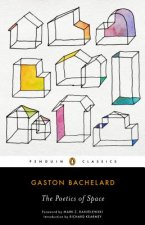
Poetics of Space
14.43 € -23 % -

Non-Referential Architecture
22.32 € -11 % -

Herman Hertzberger - Lessons for Students in Architecture
37.38 € -19 % -
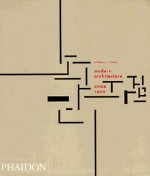
Modern Architecture Since 1900
55.40 € -
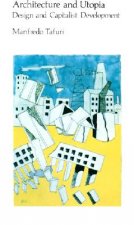
Architecture and Utopia
56.74 € -

Classic Schwinn Bicycles
18.84 € -18 % -
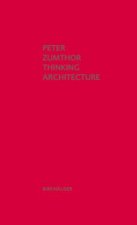
Thinking Architecture
39.53 € -9 % -
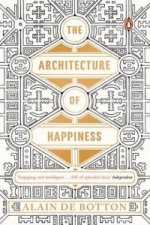
The Architecture of Happiness
12.90 € -24 % -

Architecture for Kids
22.52 € -
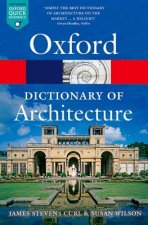
Oxford Dictionary of Architecture
16.48 € -20 % -
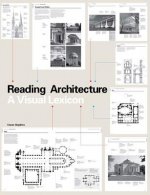
Reading Architecture
30.72 € -2 % -
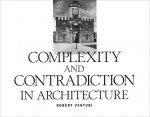
Complexity and Contradiction in Architecture
25.29 € -19 % -

Eyes of the Skin - Architecture and the Senses 3e
38.71 € -3 % -
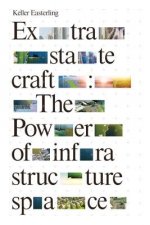
Extrastatecraft
14.74 € -15 % -
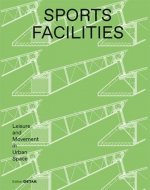
Sports Facilities
74.46 € -

Principles of Roman Architecture
53.05 € -
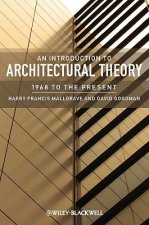
Introduction to Architectural Theory - 1968 to the Present
66.36 € -
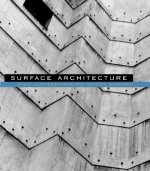
Surface Architecture
44.55 € -

Spatial Agency: Other Ways of Doing Architecture
63.91 € -
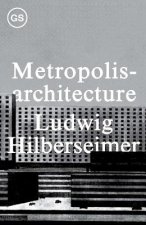
Metropolisarchitecture
22.42 € -15 % -
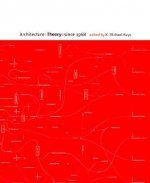
Architecture Theory since 1968
82.65 € -
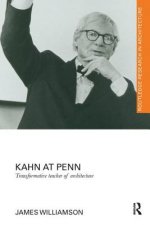
Kahn at Penn
83.16 € -

Experiencing Architecture
41.37 € -11 % -
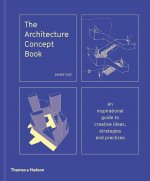
Architecture Concept Book
45.98 € -

Design Process in Architecture
30.72 € -13 % -
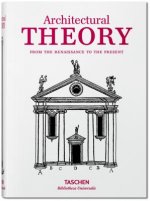
Architectural Theory. Pioneering Texts on Architecture from the Renaissance to Today
27.75 € -
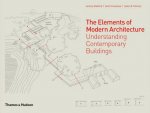
Elements of Modern Architecture
54.28 € -

Kazuo Shinohara
38.50 € -14 % -

Japan-ness in Architecture
34.20 € -5 % -

Aesthetics of Architecture
39.32 € -
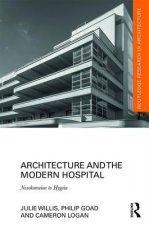
Architecture and the Modern Hospital
209.66 € -
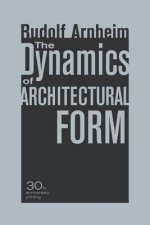
Dynamics of Architectural Form, 30th Anniversary Edition
44.44 € -

Artist's Eye
17.71 € -

Architecture of Nature
43.01 € -15 % -
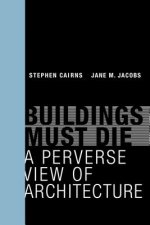
Buildings Must Die
25.80 € -17 % -
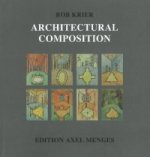
Architectural Composition
79.37 € -5 % -

Architecture Depends
21.50 € -18 % -

Knowledge Matters
30.92 € -13 % -
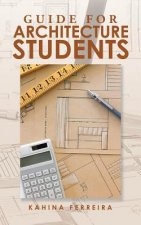
Guide for Architecture Students
21.19 € -
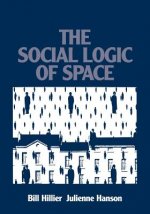
Social Logic of Space
62.78 € -
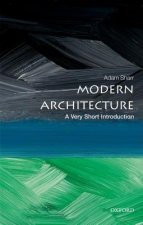
Modern Architecture: A Very Short Introduction
10.13 € -22 % -

Nature of Order (4 volume set)
325.10 € -

International Space Station
74.56 € -2 % -
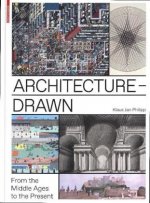
Architecture - Drawn
86.03 € -10 % -
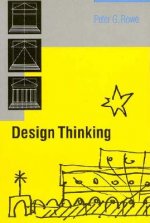
Design Thinking
50.59 € -
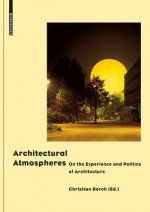
Architectural Atmospheres
29.08 € -10 % -
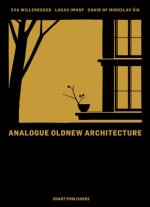
Analogue Oldnew Architecture
130.89 € -5 % -

Architectural Theory - An Anthology from Vitruvius to 1870 V 1
111.64 € -

Louis Kahn
31.54 €
Osobný odber Bratislava a 2642 dalších
Copyright ©2008-24 najlacnejsie-knihy.sk Všetky práva vyhradenéSúkromieCookies



 21 miliónov titulov
21 miliónov titulov Vrátenie do mesiaca
Vrátenie do mesiaca 02/210 210 99 (8-15.30h)
02/210 210 99 (8-15.30h)